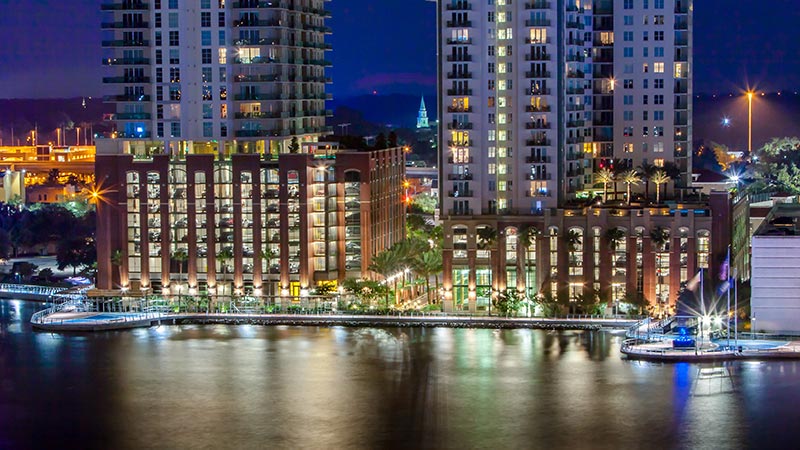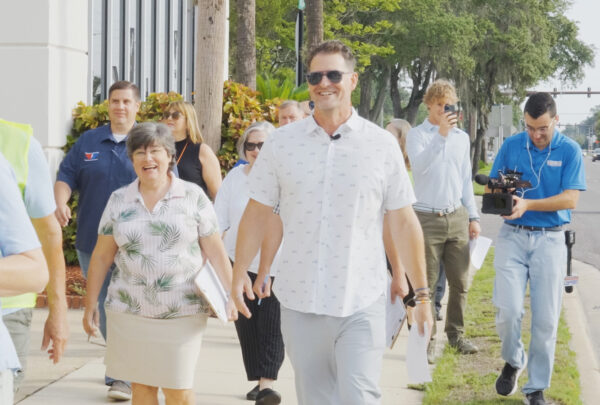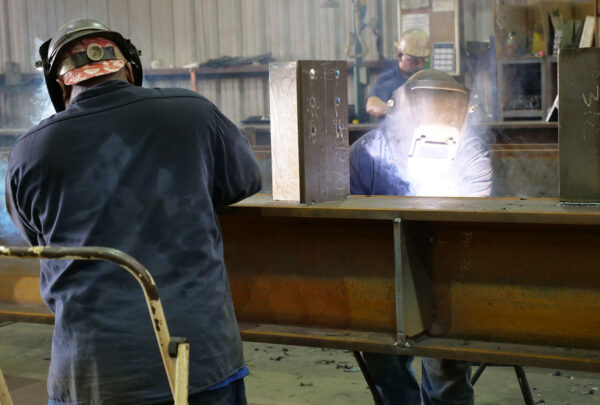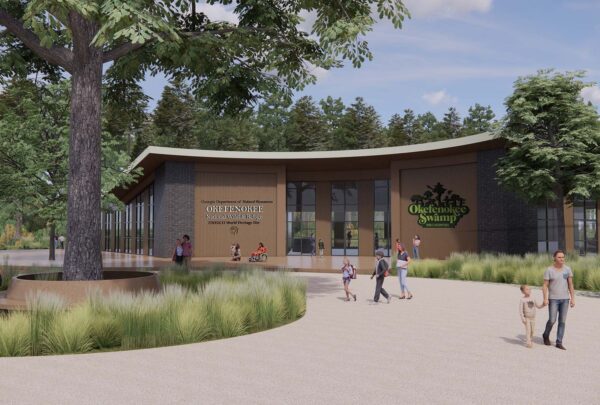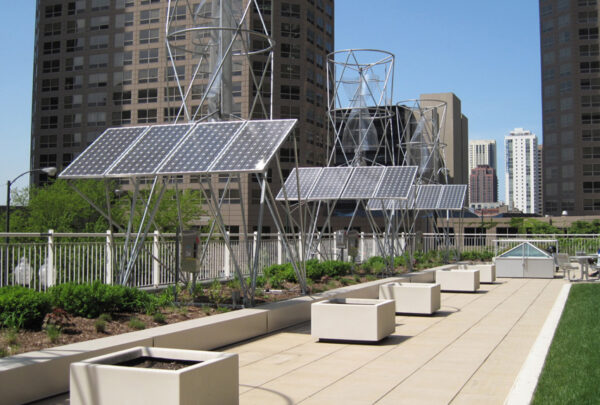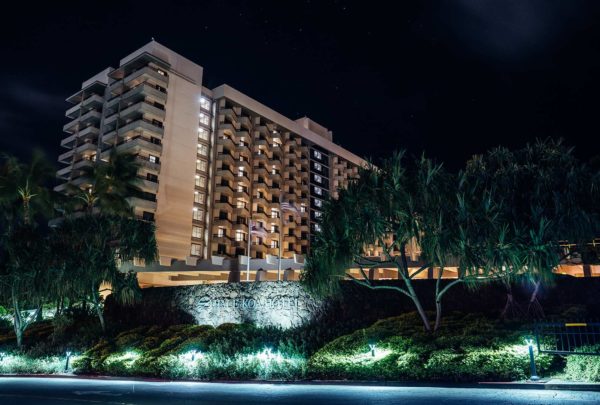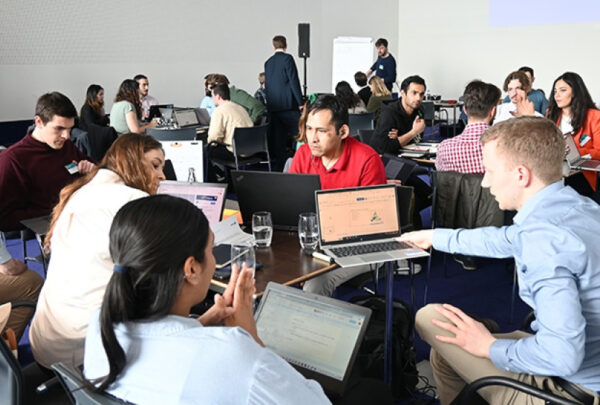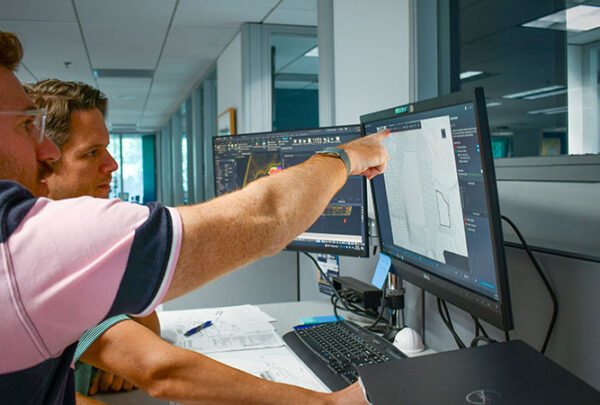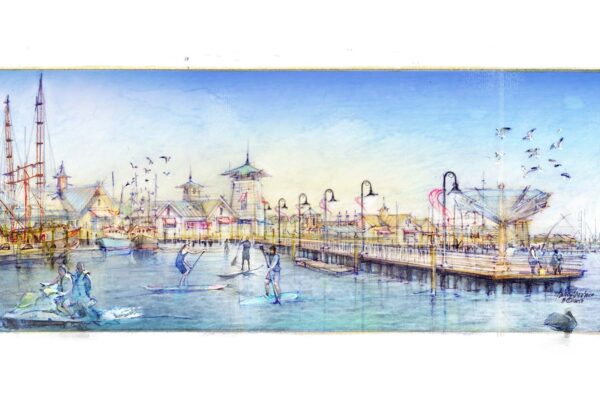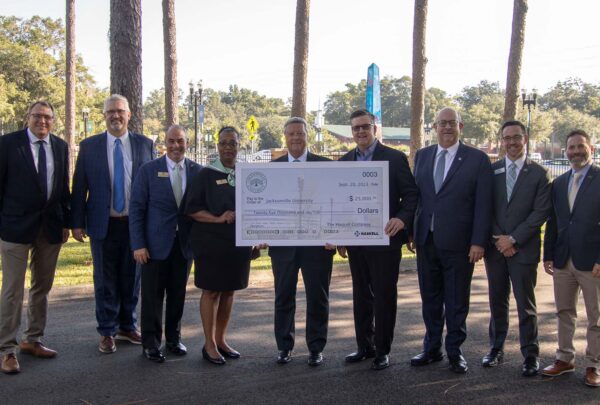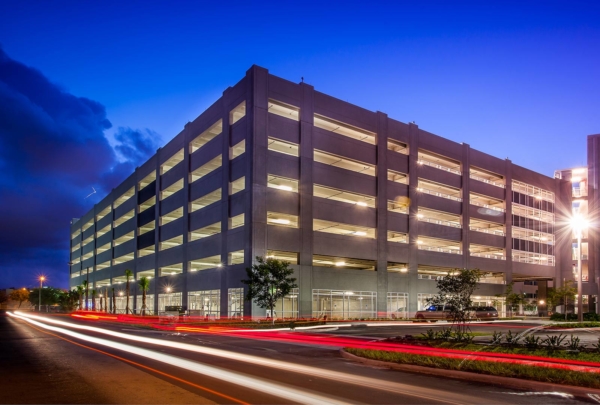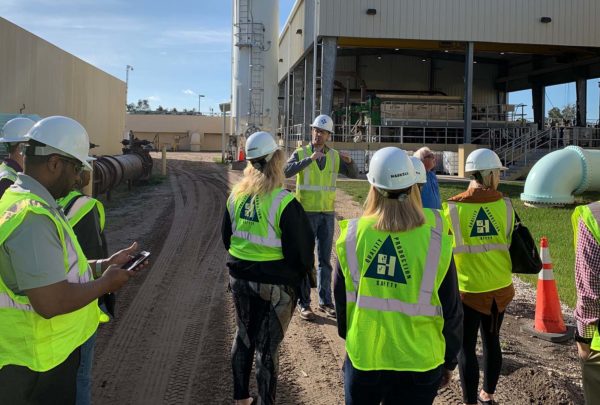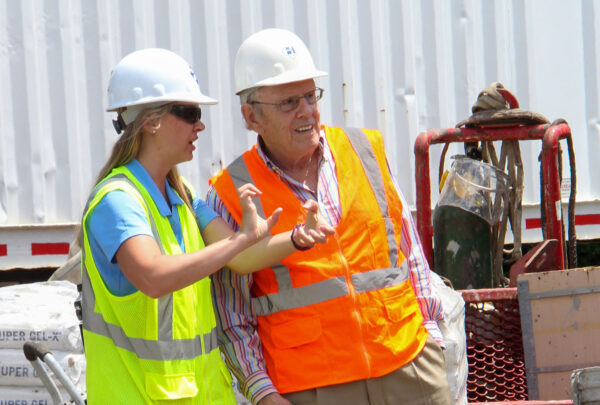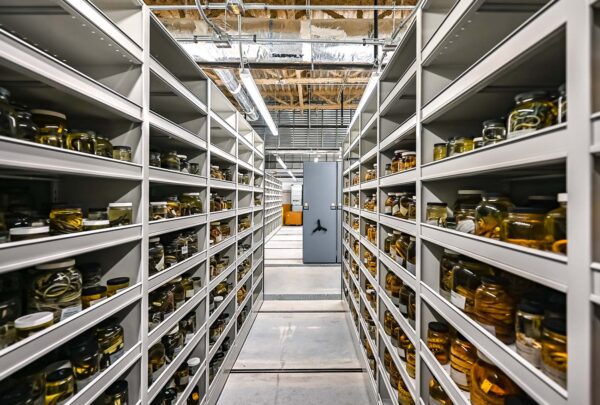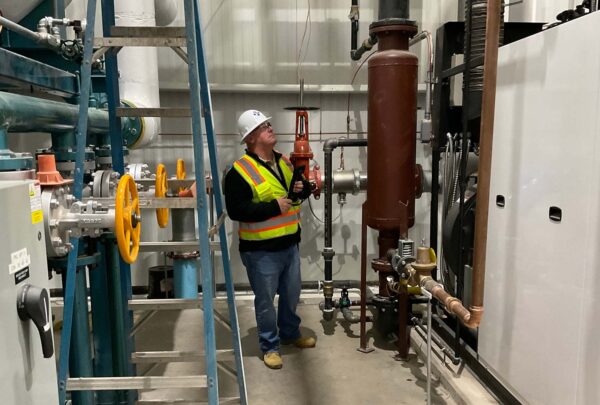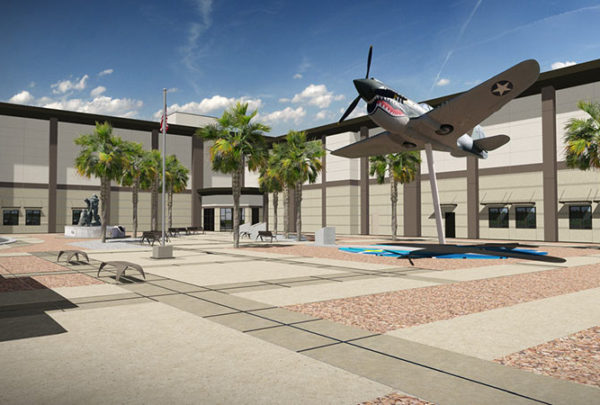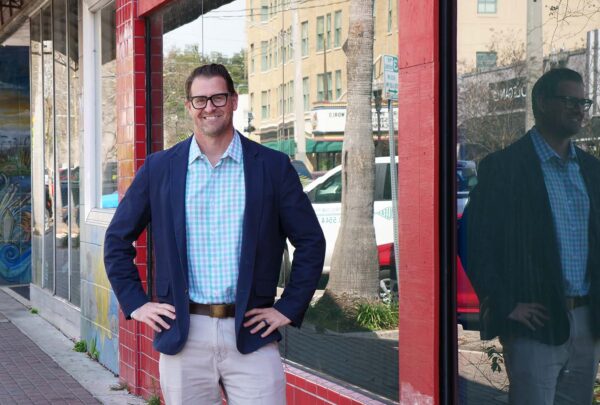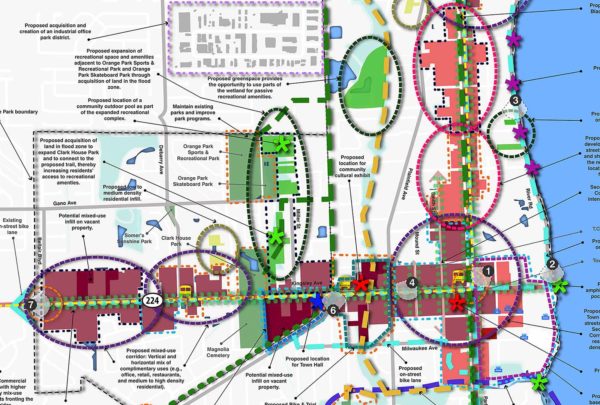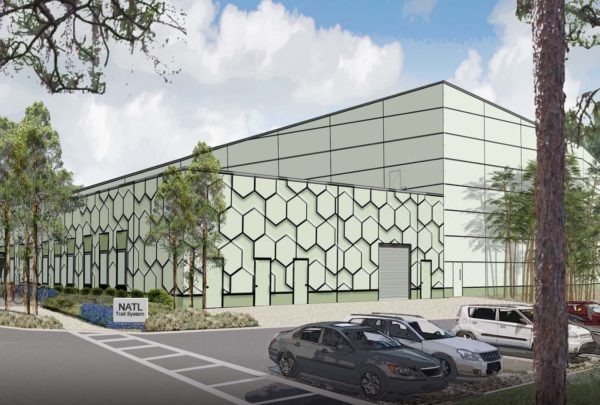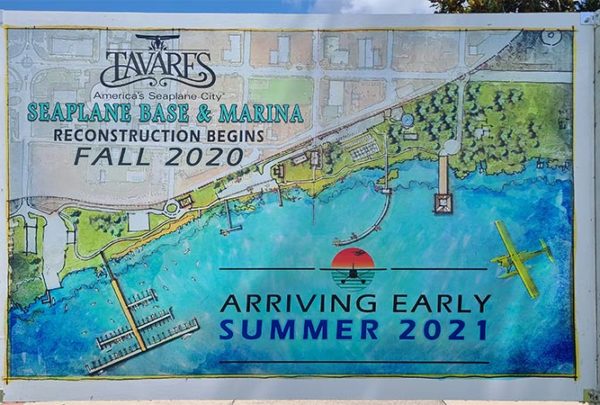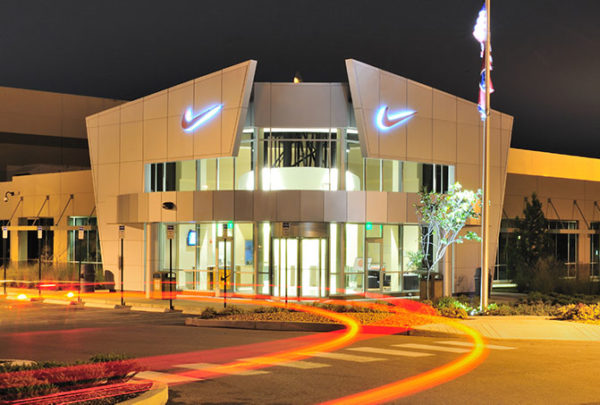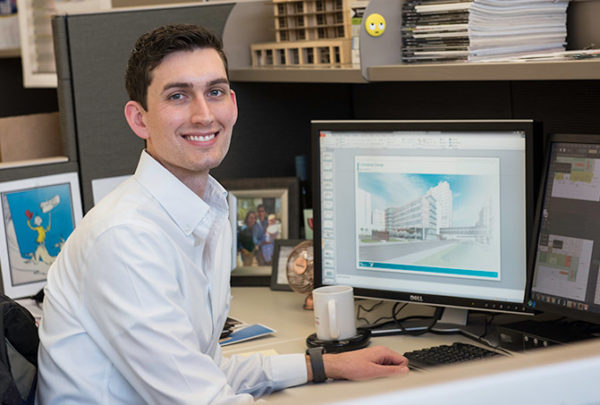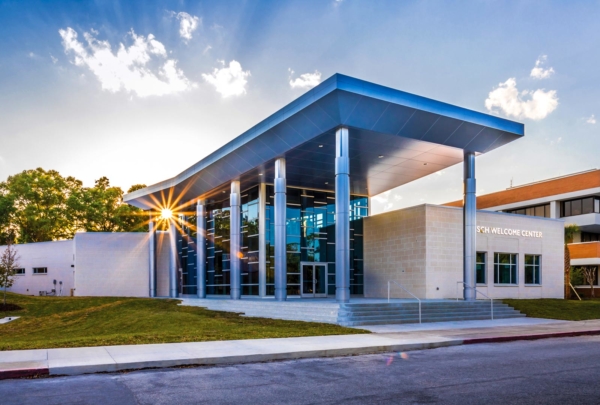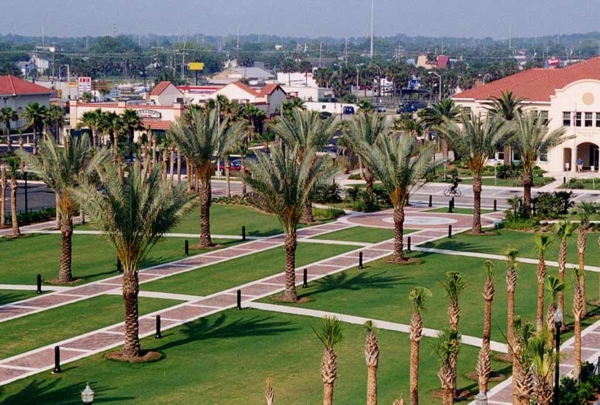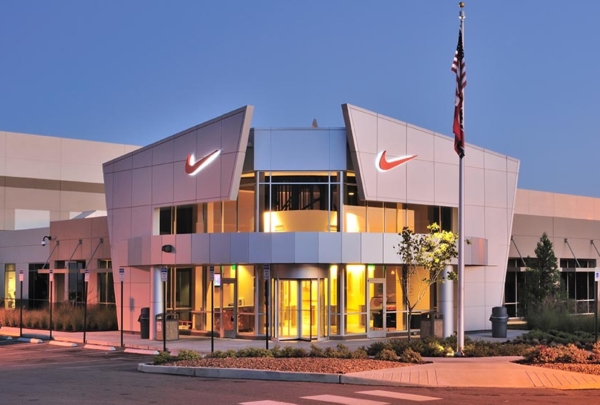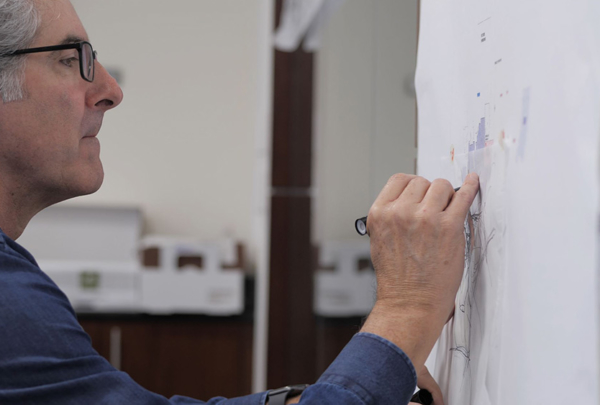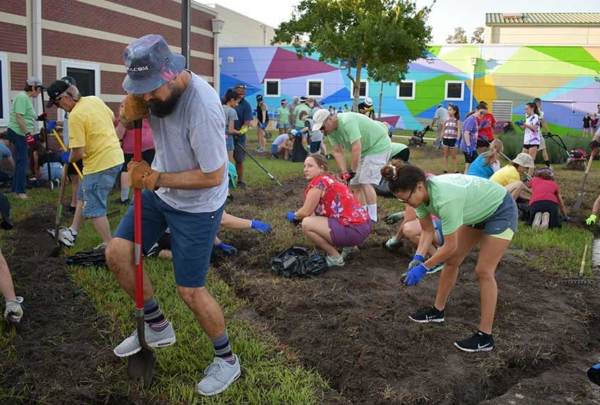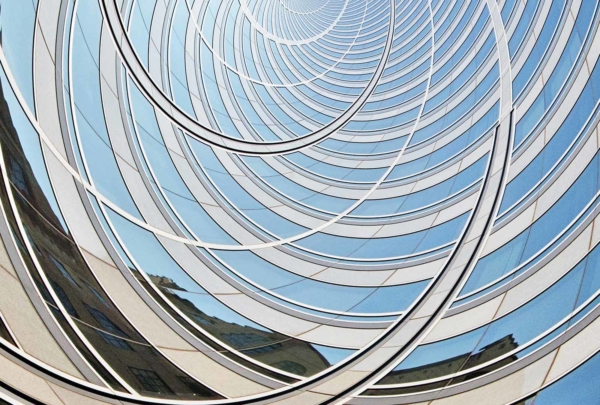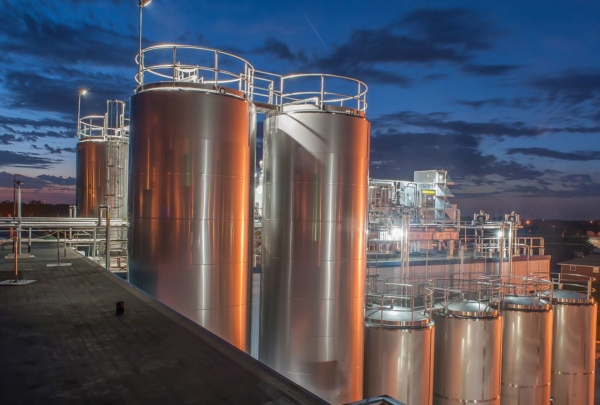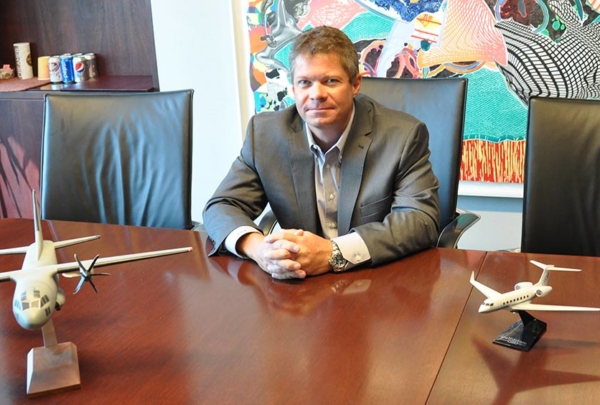When the city of Tavares, Florida, wanted to build a downtown performing arts center, Haskell's design team invited city administrators to think beyond merely adding one building.
Creating a hub for the performing arts would have numerous ancillary effects. It would create a need for new infrastructure to accommodate increased traffic and parking, cafés, green spaces and connectivity to the nearby lakefront. It provided an opportunity to create a safe and walkable community.
Haskell’s designers introduced a holistic plan that foretold what the facility could produce. They envisioned the benefits by creating a master plan, a fully refined roadmap that included near-term and potential long-term site development. The key was to capture this vision illustratively and captivate city leaders with the team’s art of creative thinking.
“To control the big picture from the front end is the beauty of master planning,” said Chris Flagg, FASLA, Director of Design – AE Group Operations Principal at Haskell. “Clients normally have an idea but don’t know how to programmatically put the pieces together, then illustrate the findings.”
Master planning, in general, integrates a wide variety of considerations. It addresses sustainability, pedestrian and vehicle circulation, user comfort and needs, the need for green spaces, functional relationships and infrastructure. It prioritizes development phases and estimates costs.
The Haskell design team follows an innovative approach of inspiration, exploration and discovery to translate a client’s vision, each building upon the other to define the most creative yet functional solution. Few companies can envision, estimate, design and build with an integrated team of multi-disciplined professionals all under one roof. Haskell can and does.
Inspiration comes from listening, Flagg said. “When we listen, we gain our greatest insight. The ability to listen is paramount for success, but also, the ability to react creatively is even greater.”
A team of design thinkers then initiates exploration techniques to develop the client’s thoughts into a plan through a series of client workshops or “charrettes,” employing freehand drawing, technological production, videos and virtual charrettes – any means that fuels the collaborative spirit.
“A charrette, a French word for cart, is basically an idea workshop,” Flagg said. “The word refers to an old practice of ‘filling the cart’ with ideas and suggestions. As inspiration acts as the catalyst for ideas and exploration deciphers the level of opportunity, discovery is the final product of this collaborative process. It is the final component of this evolutionary process that enlightens our client’s imagination.”
Casting Vision
As eager as clients are for a final solution, Flagg said the best projects start with visionary thinking and collaboration.
He cited the University of North Florida in Jacksonville to illustrate how having a long-term vision through a comprehensive master plan informs short-term development with a long-term vision.
In the early 1970s, a suburban, 1,000-acre, environmentally sensitive area was identified as a potential site for the new university. Planning a campus that comprised every element of an urban-design project – housing, sufficient short- and long-term parking, academic and administrative buildings, student life centers, green spaces, trails, food service, etc.
For almost 20 years, Flagg was involved in updating this master plan to accommodate expansive student growth and maintain the essence of the environment that was a bird and wildlife sanctuary featuring massive wetlands in environmentally sensitive landscapes. He said it was one of his most significant challenges as a master planner but one of his greatest contributions in creating an entire educational infrastructure by blending a small “city” with this incredible natural environment.
Today, UNF is regarded as one of the most beautiful campuses in Florida’s State University System, and its natural integrity has been preserved through decades of sensitive planning.
“Long-term vision helps not only clients but all designers to think beyond the common barriers, to think holistically,” Flagg said.
Vision must remain current with trends, demographics and technological advances.
Design trends are now addressing the daily challenges of social distancing and other aspects of the coronavirus pandemic. The standards of urban design, office design, gathering spaces, transportation, schools, etc. all must be assessed to allow for COVID-19.
Just as the millennial generation affected housing design, urban centers, and transportation needs, the pandemic has expedited reliance on technology to resolve communication issues, travel and population density.
Transportation design presents another opportunity. Autonomous vehicles will reduce the demand for surface parking and garages, allowing more land to be developed or preserved for green spaces. Thought leadership in the planning and design of parking can nurture positive changes with a more human focus. Mixed-use, open spaces and places for people will take center stage as this reality flourishes.
“It is imperative for us, as design thinkers, to stay on top of the trends that will change the face of master planning and design,” Flagg said. “We must remain nimble and proactive to ensure that all elements of planning are addressed with the reality of the future, its current and projected functionality and of course, we must retain the highest degree of creativity.”
Integrated Approach
Haskell’s Master Planning process builds an early client relationship through which clients can learn about and build confidence in its integrated approach to project delivery. Few companies match its ability to innovatively master-plan, design across all disciplines, provide pre-construction cost estimating and deliver a finished facility with the certainty of its signature design-build model.
“There are very few companies that have this level of integration,” Flagg said. “From the imagination to the ribbon-cutting, to have that all under one roof is a fascinating model to present..”
Flagg’s particular design and production team comprises more than 60 multi-disciplined professionals, providing resources for a multitude of market sectors. Designers at all levels are inspired by continual cross-training.
“Our design teams are as expansive as we need to be,” Flagg said. “If we have to satisfy a flat spot in our team, we’ll hire the best and brightest. We continue to offer a great learning environment for all.”
Design excellence is a current movement within Haskell that presents myriad opportunities for clients and team members alike.
Recently, Haskell’s design teams provided a vision for Jacksonville Jaguars ownership. They presented ideas for creating an exceptional game-day experience adjacent to the stadium and elevated the level of urban design thinking to existing and adjacent properties for which the team had development rights.
Based on the process’s success, the City of Jacksonville named Haskell to be the design representative as it pursued Amazon’s proposed East Coast headquarters. The Haskell team envisioned 15 million square feet of development over 15 years. The vision that grew from those engagements elevated Haskell’s design posture in the community by exhibiting exceptional thought and graphic-presentation skills.
Flagg said that rather than tell prospective clients what to do, he wanted to show them. Haskell’s designers demonstrate their energy, ability and passion for future thinking by performing “conceptual designs at risk” with no obligation or cost to prospective clients.
“This marketing tool is unlike any other,” Flagg said. “It illustrates our passion to be the best, to compete with the exceptional architecture-only firms in the marketplace, and it establishes Haskell as a leader when it comes to creating value through design. We listen, we react, and we create, all while the client integrates their vision with the team. Hopefully, we convince them that we are the right fit for their needs, and usually we do.”
